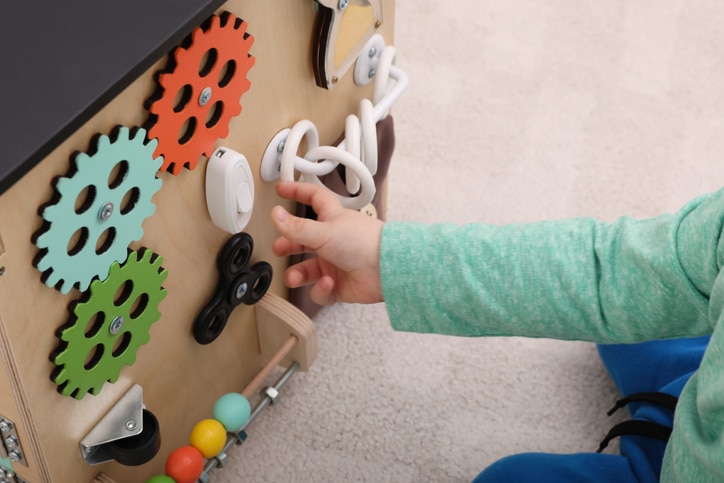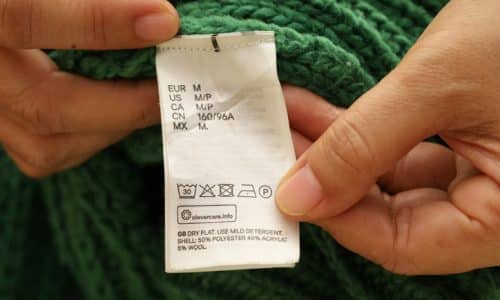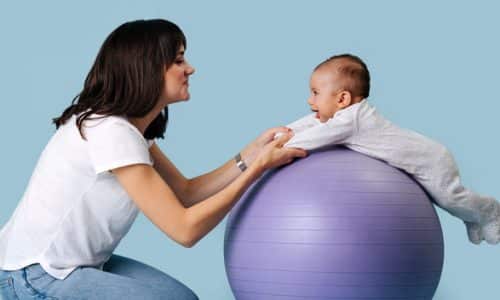When your child was born, you likely received a soft bunny, satin blanket or furry bear as a potential “lovie”, an object that you child could hold and stroke for comfort. What you may not have realized was that these lovies are also sensory objects. At Imagine Pediatric Therapy, we know that sensory objects are very valuable everyday therapy tools
Sensory toys are specifically designed to stimulate one or more of a child’s senses: sight, sound, touch, smell, and taste. They also strengthen synapses and functions in the brain, enhancing skills such as balance and spatial awareness. Sensory toys are often quite simple in nature, but make a big difference in your child’s success – both short and long term.
Depending on your child’s needs, some sensory items will be more successful and preferred than others. At Imagine Pediatric Therapy, we’ll recommend sensory toys to achieve an end goal – such as improving a motor skill or to help a child calm down after being over-stimulated or upset. Every child is different and will have different preferences, so the ideal sensory item can vary for each child. We recommend starting with these suggestions and then building based on your child’s individual preferences.
Autism: Autism effects how a child takes in the world. They are often overwhelmed with social situations or overloaded on sensory input, causing a meltdown. These meltdowns can be due to disruptions in the vestibular system, the system that provides the sense of balance and the information about body position that allows rapid compensatory movements in response to both self-induced and externally generated forces.
To avoid this overstimulation, we recommend having a compression therapy swing in a quiet place in your home. This swing forms around the child like a hug or a swaddle which provides a calming effect. The gentle back and forth motion of a swing helps neutralize the vestibular system disruptions, providing a calming effect.
Balance: Children can struggle with balance for a number of reasons. The primary way to teach the body to improve balance is to keep practicing. We recommend the colorful “river rocks” to help your child practice balance around the house. This set of toys come at three different heights, so your child can start stepping on the smallest “rock” first and work their way up to the taller height.
As your child’s skills increase, you can incorporate these river rocks throughout the house and make obstacle courses so balance becomes an active, daily practice.
Cerebral Palsy: The best play and therapy for children with cerebral palsy are ones that promote repetition to help rewire healthy parts of the brain. These repetitive movements should not cause frustration, because we want to encourage kids to continue doing the motions.
To spark creativity, we recommend magnetic tiles be part of your child’s daily routine. These tiles easily “pull” or gravitate to each other to build shapes and structures, and can also be taken apart easily. Building with these toys will also strengthen eye-hand coordination and inspire creativity.
Down Syndrome: Children with Down Syndrome often struggle with fine motor skills which can delay learning life skills, such as dressing and grooming. To practice these skills, we recommend having a “busy board” in the house. This board is often colorful and can have buttons, zippers, buckles, shoe laces, and other practical items to practice everyday tasks in a fun way.
If your child needs extra motivation, establish a reward system. Award points for every skill on the board they attempt and set clear celebrations for each level of accomplishment.
Fine Motor Skills: To help improve fine motor skills – the small actions involving the hands and wrists – we often hide large beads or other objects in therapy putty or clay for children to find and remove. Working through the clay strengthens the muscles in the child’s hands as they find ways to manipulate the objects out of the putty.
Gross Motor Skills: Actions that involve whole-body movement are gross motor skills. A fun and productive way to work on these skills is on a trampoline. We recommend the smaller trampolines with a handle for children to hold onto as they jump. The action of jumping on a trampoline strengthens the child’s legs and core as well as improves coordination and balance. The trampoline also is a great source of exercise to spend that extra energy.
Speech: For speech delays, you will want to read as much as you can to your child. This encourages language and helps build their vocabulary. To bring awareness to the muscles needed for sound making in their core, throat, tongue and mouth, make blowing bubbles a regular activity. The act of blowing bubbles requires controlling the amount of strength to blow the air out, and force it through the bubble wand. While playing bubbles, draw attention to the articulators – lips, tongue, teeth and hard palate – and the airflow your child is creating. We doubt that kids of any age will fight you on bubble play!
These suggestions are not exclusive to the specific delays or diagnosis mentioned; a child who needs help developing gross motor skills will also benefit from the non-skid river rock toys suggested for balance and of course, all children benefit from reading books and blowing bubbles.
When you have questions about which sensory toys or objects will help your child, just ask us! You can call 312-588-5050 or email info@imaginepeds.com. We are always happy to help.



